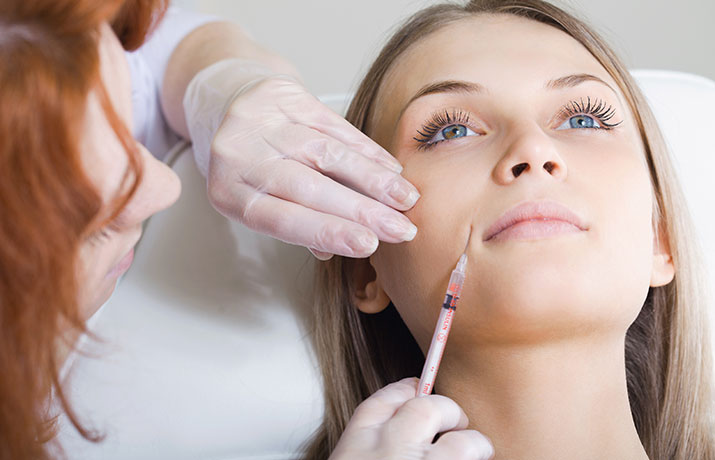Dr. Stan Farrell, a member of the American Academy of Dental Sleep Medicine and board certified with the American Board of Orofacial Pain, has extensive training in treating sleep apnea. Call AZ TMJ today, 480-945-3629, to schedule a consultation with Dr. Stan Farrell to discuss the treatment of your sleep apnea or visit us at www.aztmj.com for more information.
Strollo PJ Jr. Another advance in oral appliance therapy? SLEEP 2013;36(10):1417-1418.
Obstructive sleep apnea (OSA) is a common medical problem that is associated with significant morbidity and mortality.2 Other treatment options would be helpful. In this issue of SLEEP, Remmers and colleagues provide evidence that a single night titration using a remote controlled mandibular positioner (RCMP) can predict success of oral appliance therapy.4
This report builds on prior work by the authors and others.5–7 The strength of the current study relates to the design of the protocol that was prospective and blinded in nature, with well-defined endpoints to predict success of a mandibular repositioning appliance (MRA) based on the effective target protrusive position (ETPP) determined on the titration night. Of the 67 consecutive participants entered in the protocol, therapeutic success (designated as an apnea hypopnea index [AHI] of < 10 events per hour and a reduction in the AHI ≥ 50% from baseline), was achieved in 87 % of the cohort. A somewhat surprising finding was that on the titration study, the ETPP was quite low, at 68% of the maximal protrusive range. In addition, the titration was accomplished without significant sleep disruption. The cohort that was recruited had clinical features representative of typical patients referred to many sleep centers—predominantly male, middle-aged, with moderate OSA.
So what are the barriers to implementing this approach in current practice? First, a dentist adequately trained in dental sleep medicine needs to be identified. Second, a collaborative relationship with a sleep specialist/sleep center needs to be established. Third, a reimbursement strategy would need to be constructed to cover the attended RCMP titration.
Like medical school curricula, dental students have limited exposure to sleep science and sleep medicine.8 Also, the medical electronic health record does not communicate easily with the dental health record. Advances have been made in coverage for oral appliance therapy, but coverage is not uniform. Currently, there is no financial mechanism to cover costs of the temporary trays that are used in the RCMP system and the attended titration study.
As we move to integrated, longitudinal care models that are outcomes based, the participation of dental providers should be welcome.9 The challenge will be how exactly to incorporate oral appliance therapy efficiently in future comprehensive sleep centers. Personalizing care over time will require a variety of treatment options and adjustments in therapy as is the case with any chronic disease. Incorporation of objective adherence monitors in MRA will provide additional clarity regarding effectiveness.10 Patient-centered and comparative-effectiveness research will help determine what treatments are appropriate at a given juncture in a patient’s disease course.11 As our knowledge base increases, the incorporation of RCMP may prove to be useful as an “advance” treatment of OSA.

